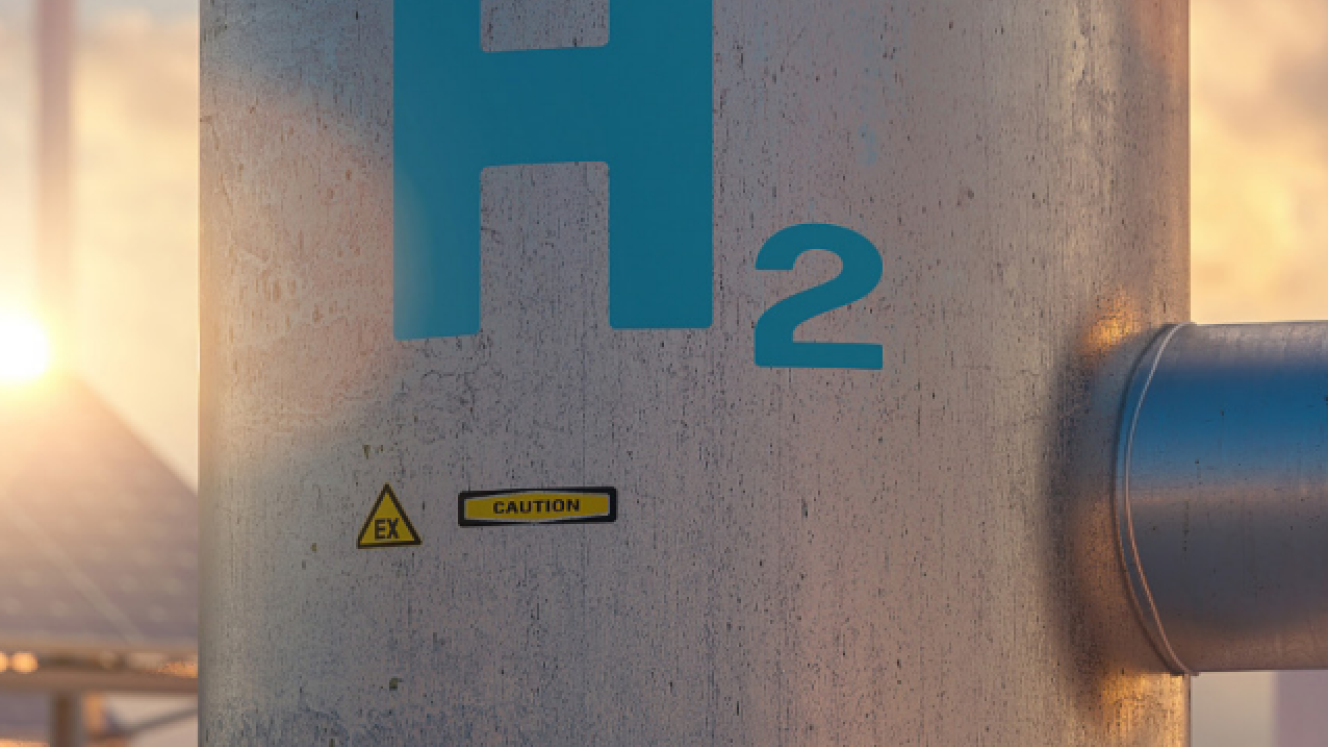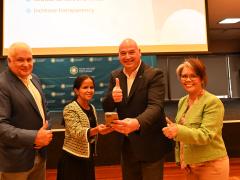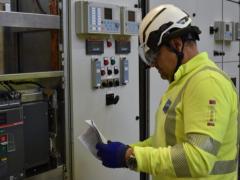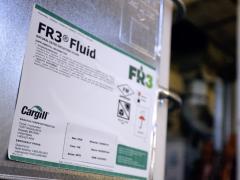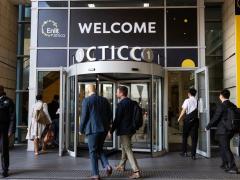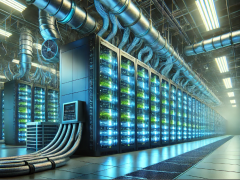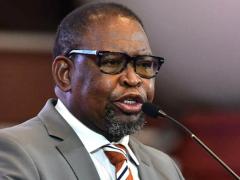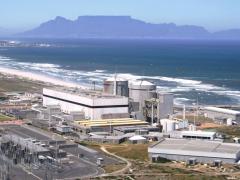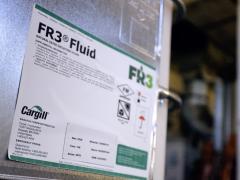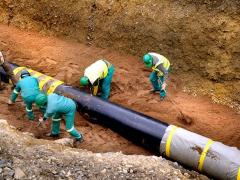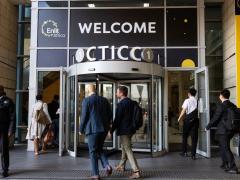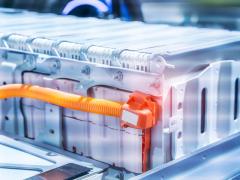Africa has potential to become a global green hydrogen powerhouse with 41 projects expected to enter development by 2030. However, the sector faces significant challenges including the absence of regulatory frameworks, secure offtake agreements and critical infrastructure, according to the Africa OPEX Report 2025 by the Energy Industries Council (EIC).
The report highlights North Africa as the leader in the continent’s green hydrogen drive with Egypt, Algeria and Morocco positioning themselves as key exporters to Europe. These countries are strategically located across the Mediterranean where European nations – including Germany, Austria and Italy – plan to repurpose 3 300 km of existing midstream gas infrastructure to import four million tonnes of green hydrogen annually. Egypt, in particular, has set ambitious targets through its National Green Hydrogen Strategy aiming to capture 8% of the global hydrogen market and produce 10 million tonnes of green hydrogen annually by 2050.
In West Africa, Mauritania’s Aman and Nour projects will produce 40 GW of power for hydrogen generation.
Closer to home, financial backing from the European Union (EU) for hydrogen development in Southern Africa is positive. Namibia, for instance, is advancing a US$10 billion green hydrogen project expected to create 15 000 construction jobs and 3 000 permanent positions.
However, despite this momentum, no commercial-scale project has reached a final investment decision, says Neil Golding, the EIC’s Director of Market Intelligence. “Offtake agreements need to be signed and demand created for projects to be commercially viable. At the same time, we see the need for regulatory frameworks to be established and the development of robust infrastructure including pipelines, ports and export facilities.”
Hydrogen production needs renewables and storage
The green hydrogen sector is closely linked to Africa’s broader renewable energy landscape. The EIC report notes that 61,1 GW of renewable energy capacity is currently operational across the continent with substantial investments in solar and wind projects. South Africa leads in solar capacity, boasting 59 operational solar farms, while Egypt and Morocco are driving wind energy growth, adding 9 GW to the grid from 2024.
However, energy storage remains a critical bottleneck. Africa’s storage capacity has expanded from 180 MW in 1979 to 4,2 GW in 2023 with South Africa accounting for 3,6 GW. Yet regulatory uncertainty continues to hinder investment in large-scale storage, which is essential for stabilising supply and supporting hydrogen production. “This report, like many others the EIC produces, highlights the need for supply chain companies to explore international markets rather than staying within traditional regions. For businesses to invest in Africa, the right regulatory and financing conditions must be in place,” says the EIC’s Head of External Affairs Rebecca Groundwater.
The upfront costs of green hydrogen projects remain a barrier requiring international cooperation and financing initiatives. The EU’s REPowerEU plan, which aims to import 10 million tonnes of green hydrogen annually from Africa, signals growing commitment. However, the report cautions that targeted funding, policy alignment and infrastructure expansion are crucial to scale hydrogen production.
